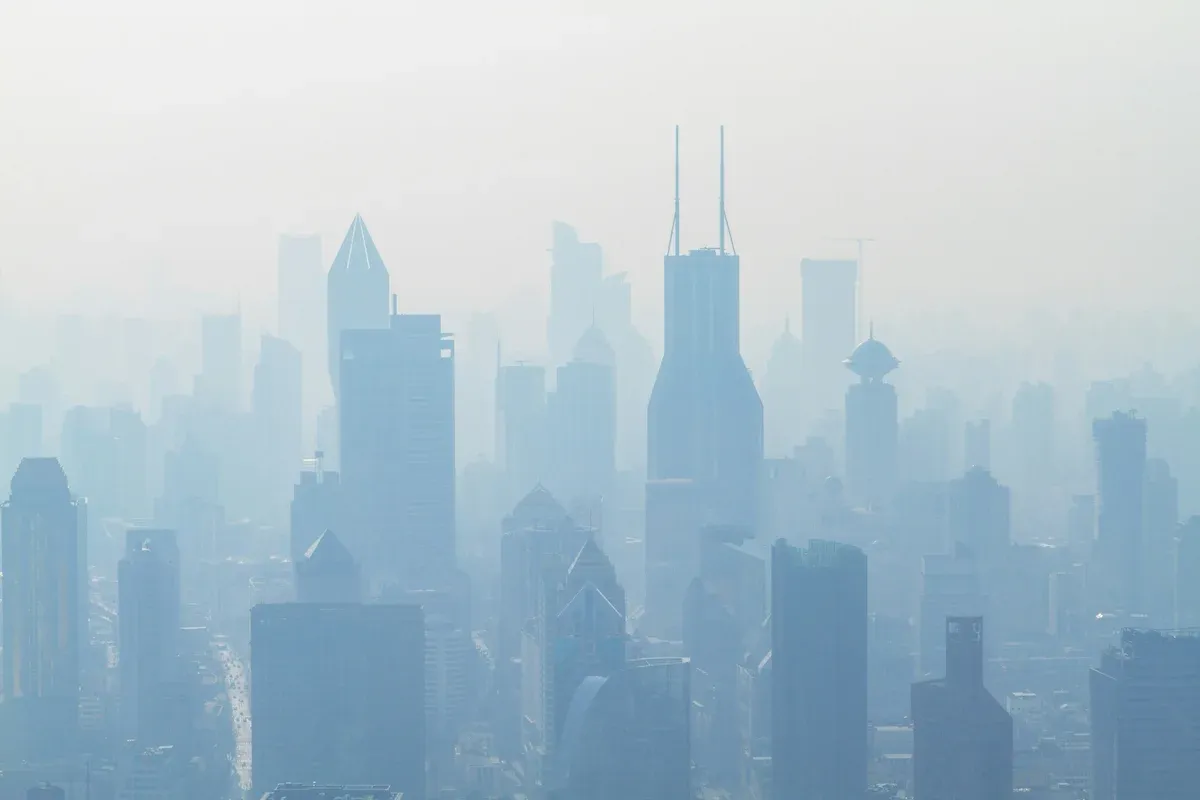North-eastern Ohio has found itself in the choking grip of an air quality alert issued by the Northeast Ohio Areawide Coordinating Agency (NOACA), signaling a growing environmental crisis threatening the health of vulnerable populations. By midnight on Monday, counties Ashland, Cuyahoga, Geauga, Lake, Lorain, Medina, Portage, and Summit will be under this warning, highlighting the fragility of the balance between industrial progress and community health.
It is expected that air quality in these counties will reach levels hazardous for sensitive groups — children, the elderly, and those suffering from respiratory conditions such as asthma or chronic obstructive pulmonary disease. According to AirNow.gov, which monitors real-time air quality, pollutant concentrations, including ozone and fine particulate matter, may make breathing difficult and exacerbate existing health problems. Residents are advised to limit outdoor activities, especially during peak pollution hours, and regularly check official sources for updates.
Root Causes
Northeastern Ohio, an industrial hub with a rich history of steel manufacturing and energy production, has long struggled with air quality issues. Insiders from NOACA, who wished to remain anonymous, point to a combination of factors: stagnant weather conditions that trap pollutants, emissions from coal-fired power plants and transportation sectors, and seasonal increases in activities like lawn mowing and car refueling during hot weather. These sources, although routine, create a toxic cocktail that threatens public health.
"It’s not just weather or industry — it’s a systemic problem requiring collective responsibility," said one local environmental activist working with regional authorities. However, for many residents, especially in working-class communities dependent on industrial jobs, calls to reduce emissions sound like a distant utopia.
Call to Action
NOACA and environmental agencies strongly urge residents to take measures to reduce pollution. The recommendations are simple but impactful: favor biking or walking, use public transportation, work from home if possible, and avoid solo car trips. Turning off engines when idling, refueling after sunset, and refraining from lawn mowing during alerts can also help. Although these actions may seem minor, they are critical for reducing ground-level ozone, which forms under sunlight and emissions.
Global Context, Local Impact
The Ohio warning reflects a broader national trend. According to the U.S. Environmental Protection Agency (EPA), air quality in many regions is worsening due to climate change, which amplifies heatwaves and stagnant air conditions. In 2024, the EPA reported that over 120 million Americans live in areas with periodically hazardous air pollution levels. For Ohio, where industry and transportation remain economic pillars, this issue takes on particular significance.
Residents of Cleveland and nearby towns such as Akron and Youngstown feel it firsthand. "I see my kids coughing after playing outside," says Maria Gonzales, a mother of two from Lorain. "We can’t just stay at home all the time, but what can we do?" Her words reflect the frustration of many who feel trapped by circumstances.
Looking to the Future
Environmental experts and officials agree that temporary measures like limiting outdoor activities are only short-term solutions. Long-term changes will require investments in cleaner energy sources, modernization of public transportation, and stricter regulations for industrial facilities. However, Ohio’s political climate, where economic priorities often outweigh environmental concerns, makes rapid progress difficult.
As the region prepares for yet another day of choking air, the call to action is clear: individual efforts, multiplied by thousands, can make a difference. But is that enough to clear the skies over Ohio? The answer depends on whether communities, industry, and government are willing to unite for one shared goal — clean air for all.


